With Hokkaido pumpkin into autumn - delicious recipes
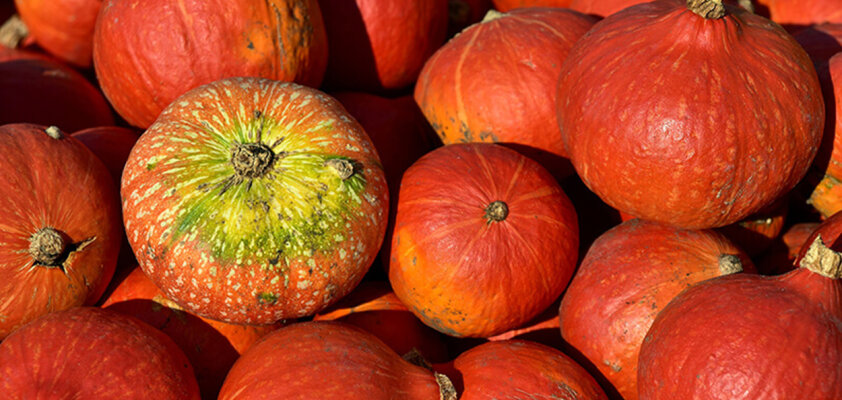
Inhaltsverzeichnis
Autumn mood fresh from the field Hokkaido pumpkin soup - a delicious recipe recipe How Japan celebrates the festival of pumpkins Delicious everywhere - a berry on a world tour Cooking Hokkaido pumpkin: Recipes from Japan Kabocha no nimono - Braised pumpkin recipe Pumpkin tips for a warm breakWhat would the colorful season be without the characteristic round fruit? One of the most popular varieties comes from none other than Japan. To find out who it owes its name to and what you can do with it, check out our article.

Recipes in this blog post:
Autumn mood fresh from the field
Halloween - the day when pumpkins get a face. Everywhere, the scent of pumpkin soup fills the air, coffee with the appropriate spice is offered again, and the orange fruits are omnipresent as decorations. It's no wonder because when a food glows like the autumn leaves and is unbelievably healthy, delicious, and versatile, it's the pumpkin.
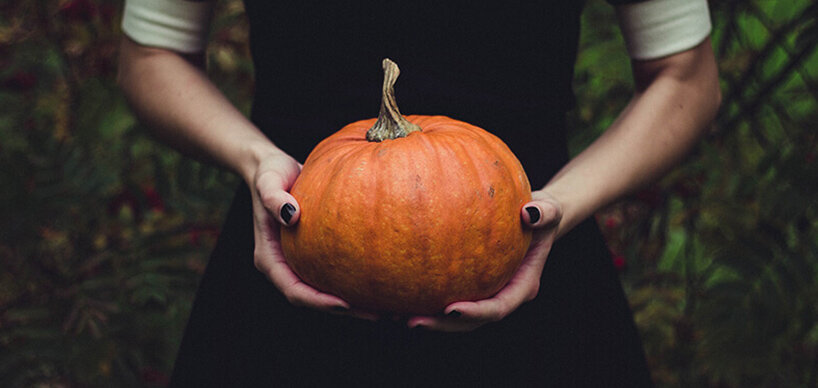
Low in carbohydrates and fat, rich in nutrients and vitamins: a dream for those aiming to eat healthily. But Hokkaido pumpkin has even more to offer. It contains few calories - only about 25 kcal per 100 grams - but plenty of Vitamin B, C, and E, potassium, iron, magnesium, protein, and folic acid. No wonder it becomes the star of Low-Carb recipes. It can be stored for months and, once cut, can last up to four days in the refrigerator.
The aroma of these pumpkins is another factor contributing to their popularity. Compared to the Butternut squash, also popular with us, Hokkaido pumpkin tastes nutty and is reminiscent of chestnuts. What could be more autumnal? The flesh is starchy and sweet, making it a frequent choice for soups and purees. Hokkaido pumpkin soup, for example, is thicker, more flavorful, and reliably strengthens you during the cold season. The fact that Hokkaido pumpkin is smaller than other varieties also makes it a popular decorative pumpkin and a symbol of autumn with its special holidays.
Hokkaido pumpkin soup - a delicious recipe
A pumpkin soup is simply a delight on windy, cold autumn days. It is quite easy to make and tastes fantastic. For those who wish, a few bread croutons can be served alongside.
 4 personsNo. of persons
4 personsNo. of persons
 ca. 60 minutesTotal Time
ca. 60 minutesTotal Time
 easyLevel of difficulty
easyLevel of difficulty
 main mealDish
main mealDish
 ca. 250kcal per portionCalories
ca. 250kcal per portionCalories
 Vegan
Vegan
 Vegetarian
Vegetarian
 Gluten-free
Gluten-free
 Kitchenware
Kitchenware
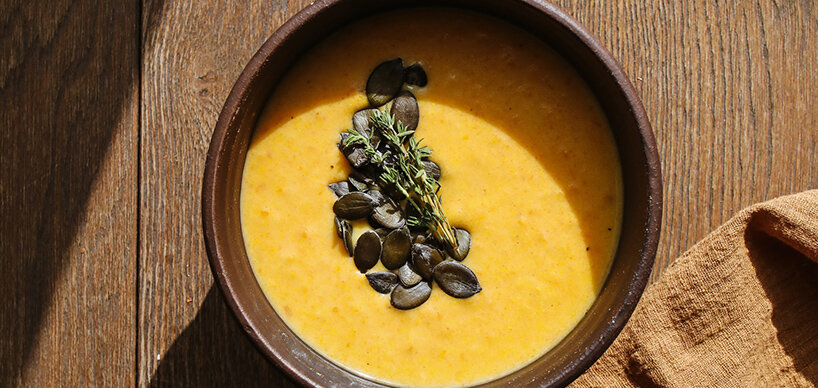
|
1
Hokkaido pumpkin
|
|
1-2
Onions
|
|
2
Carrots
|
|
40g
butter
|
|
1 1/4 liter
water
|
|
1 tsp
salt
|
|
100ml
cream
|
|
Pepper
|
|
Parsley or herbs to taste
|
|
Sunflower seeds for decoration if required
|

How Japan celebrates the festival of pumpkins
Halloween is a popular date in Japan: Months in advance, thematically appropriate decorations and costumes, snacks, and sweets adorn the shelves in every store. By the way, this is not only the case in October. Whether it's Valentine's Day, Easter, or Christmas: Seasonal products are just most appreciated by the Japanese, and celebrating, at least in the shop windows, never stops.
Japan does not have a religious history for this All Saints' festival – it was adopted from the USA and warmly embraced in the culture. At this time of year, you can escape everyday life, creatively dress up, and celebrate wild parties that go beyond October 31.
"Trick or treat" is not practiced. Instead, in Tokyo's famous entertainment district Shibuya, various characters have been gathering closely on the streets on October 31 for years. It doesn't necessarily have to be creepy: Characters from pop culture and politics, animals, clichéd costumes spiced up with a touch of horror, and especially group or couple costumes are highly popular, offering a unique spectacle. Of course, the pumpkin must not be missing from all of this: After all, the holidays in autumn significantly increase its demand.
Delicious everywhere - a berry on a world tour
Although it may seem obvious, the pumpkin is not a vegetable but a berry. While Hokkaido pumpkin is harvested and cooked like a vegetable, it is actually one of the largest types of berries in the world.
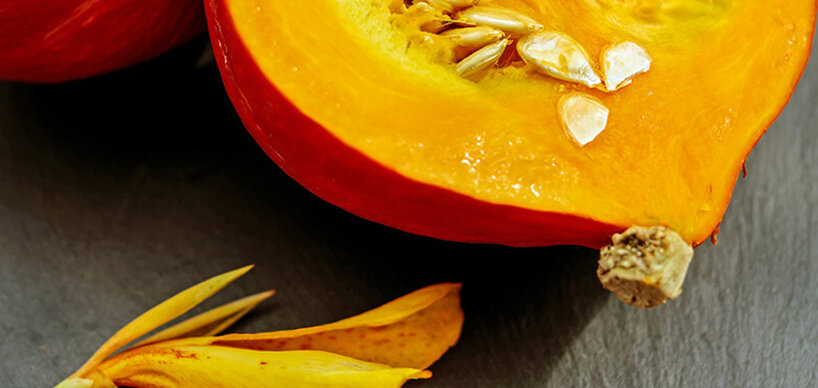
It is believed that the Hokkaido pumpkin actually originates from South America. However, the first pumpkin arrived in Japan from Portugal in the 16th century, entering the island through the newly opened trading port of Nagasaki. It wasn't until three centuries later that Americans brought the Hubbard variety to Japan. How did it then become the Hokkaido pumpkin? On the northern island, the "immigrant" was first bred into a giant pumpkin. However, the variety we have today originated in the 1930s further west: in Kanazawa, Ishikawa Prefecture. It only reached us in the 1990s.
Kabocha, as it is called in Japan, can be found there today in various forms. Kabocha can mean both pumpkin in general or refer to the green relative of the Hokkaido pumpkin, which tastes more like sweet potato. But it's not only in Japan that people eat this autumnal crop. Koreans are equally creative: they make pumpkin porridge, latte, and jelly for dessert. From China come small fried pumpkin cakes filled with red bean paste, and in Thailand, whole pumpkins are steamed with coconut cream. Recipes for Hokkaido pumpkins are numerous and can be as simple as they are extravagant - so what do the Japanese make of them?
Cooking Hokkaido pumpkin: Recipes from Japan
As a snack or side dish, steamed pumpkin in small pieces (Nimono) is particularly popular in Japan. You can also fry it for tempura or make croquettes with Japanese panko bread crumbs. Pumpkin fans also appreciate it in curry and ramen.
The preparation of Hokkaido pumpkin is very easy because you can eat the skin. During cooking or baking, the skin becomes soft and edible. Additionally, it has the highest amount of beta-carotene from the whole pumpkin, which we convert into Vitamin A. When prepared gently, it unfolds its valuable ingredients particularly well, so many Hokkaido pumpkin recipes use the oven and steamer.
But there are even more ideas for pumpkin recipes: slicing it into wedges and roasting it in the oven – it already enriches many dishes. Its pureed flesh can be processed into delicious sauces. You can even prepare the whole pumpkin in the oven – for example, with a tasty filling of couscous or ragout. A bowl of pumpkin porridge with millet can be perfect for warming up on a cold, rainy day. You can even eat Hokkaido pumpkin raw: simply grate it and you have a great ingredient for a salad. A delicious cream soup can be quickly made from pumpkin with potatoes and milk, some onions, and broth. Not to mention drinks like pumpkin latte or tapioca ("Bubble Tea"). However, if you want to keep it truly authentic, we have a recipe from Hokkaido for you aside from these tips.
Kabocha no nimono - Braised pumpkin
 4 personsNo. of persons
4 personsNo. of persons
 ca. 45 minutesTotal Time
ca. 45 minutesTotal Time
 easyLevel of difficulty
easyLevel of difficulty
 main mealDish
main mealDish
 ca. 250kcal per portionCalories
ca. 250kcal per portionCalories
 Vegetarian
Vegetarian
 Alcohol
Alcohol
 Kitchenware
Kitchenware
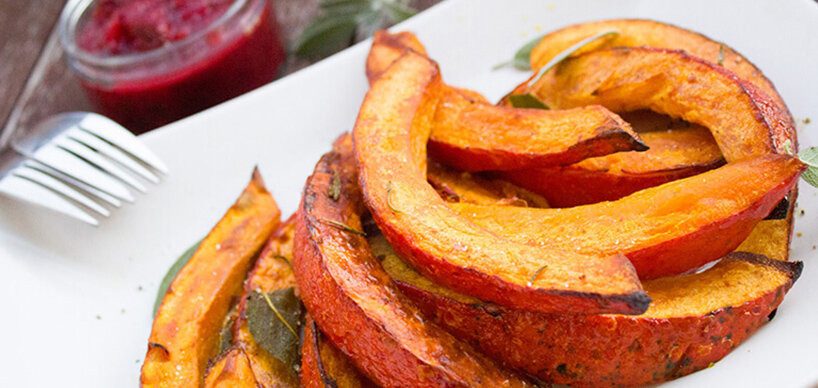
|
1
Hokkaido pumpkin
|
|
400ml
vegetable stock (alternatively, you can also use dashi, Japanese fish stock)
|
|
2 tbsp
sake
|
|
2 tbsp
mirin
|
|
2 tbsp
sugar
|
|
1 1/2 tbsp
soy sauce
|
|
1 tsp
salt
|

Pumpkin tips for a warm break
What can you do with the braised pumpkin now? Along with a bowl of rice, miso soup, steamed fish, Gomae spinach, white tofu, pickled vegetables, chopped and braised beef, natto, and other small dishes, Kabocha no Nimono is part of a typical Japanese meal following the Ichiju-Sansai principle: literally meaning "one soup, three dishes." In reality, there are at least six such small bowls present in such a meal.
However, the braised pumpkin also works well as an appetizer for sushi and ramen or as a snack with beer or sake. Garnished with a bit of ginger, it becomes even more flavorful. Moreover, it complements dishes like curry or ratatouille. Let your creativity flow and start the fall season with Hokkaido pumpkin, light and delicious!

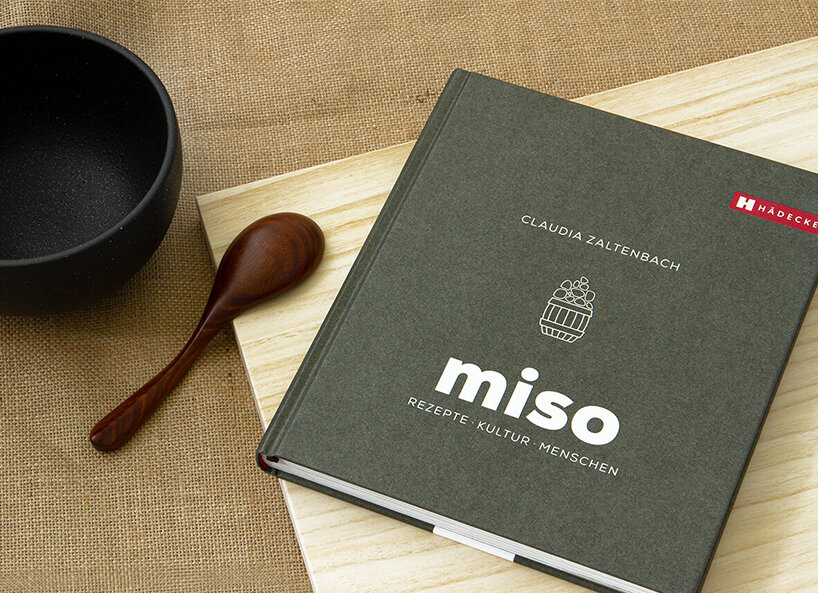
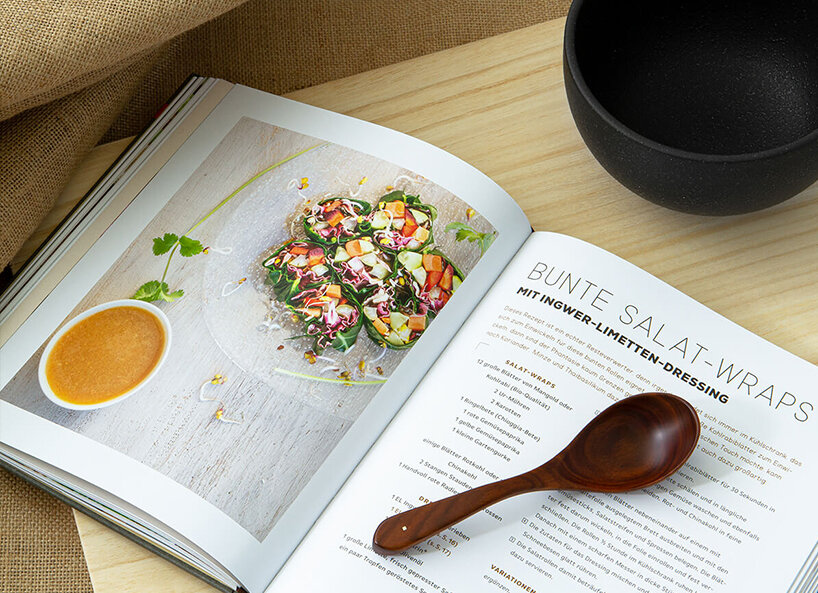
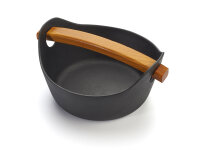
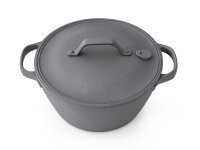


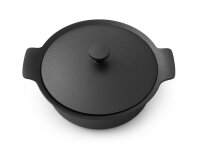
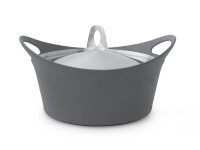
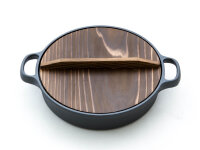
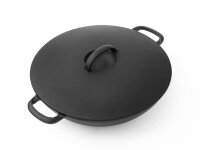
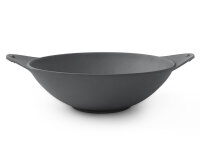










-from-the-yakiyaki-grill-pan.jpg)




